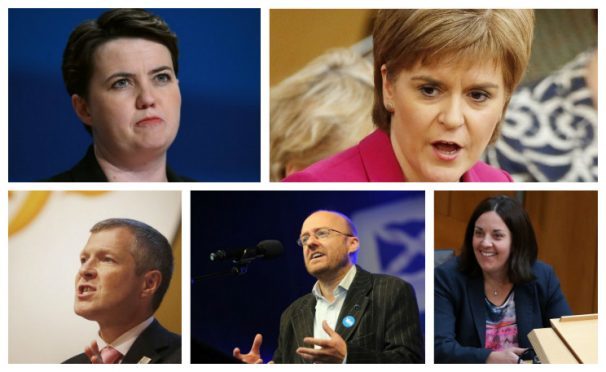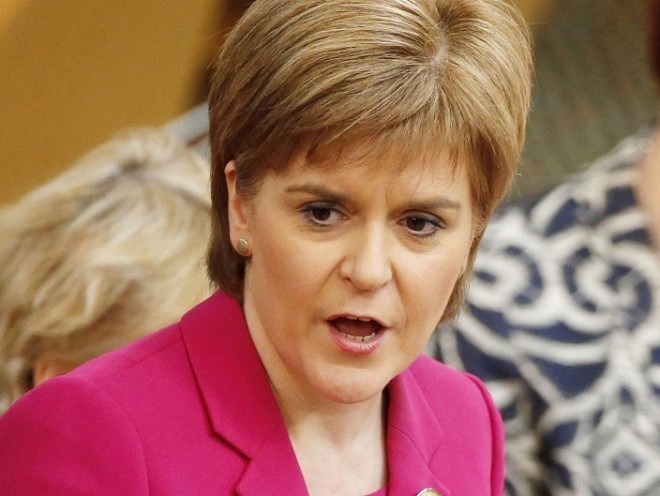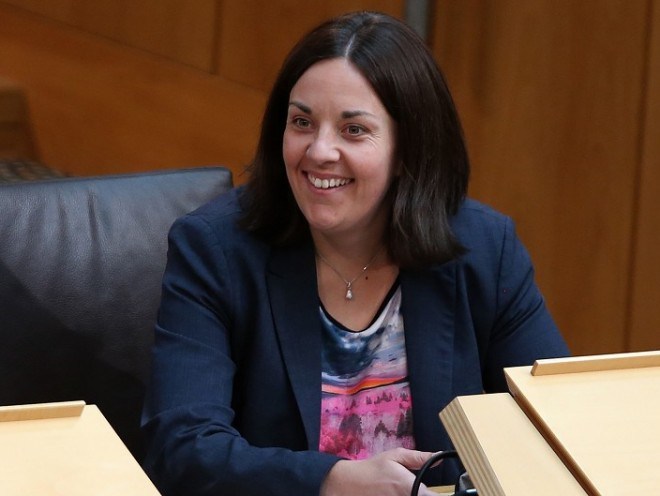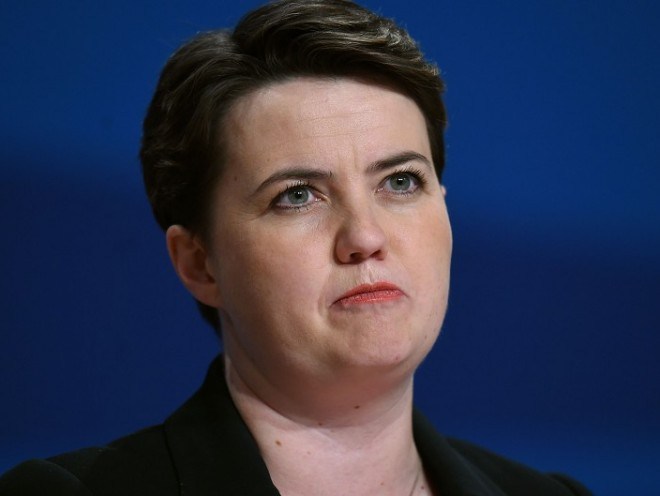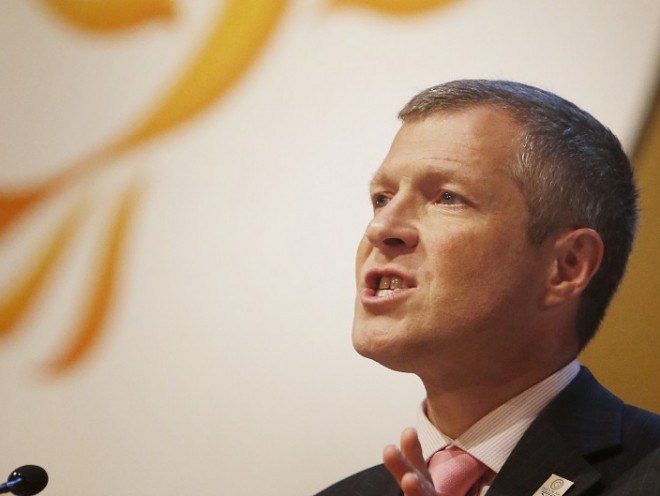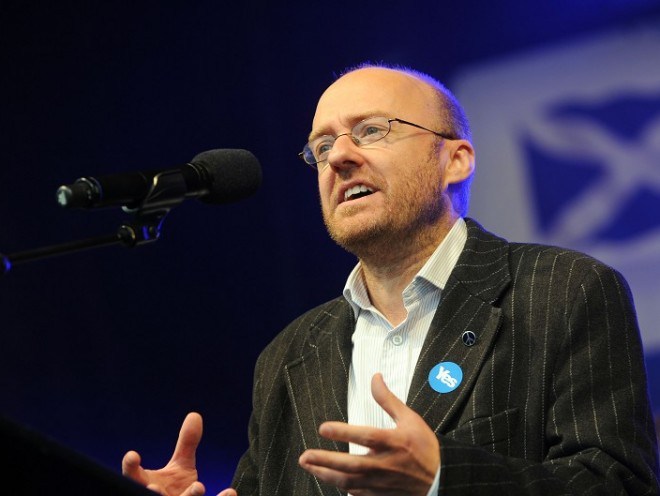Geoff Aberdein, former chief of-staff to Alex Salmond and now Head of European Public Affairs for Aberdeen Asset Management, looks at the current form of our political leaders ahead of the Scottish parliamentary elections
For those of you who may be suffering from political fatigue, I’m afraid there is more to come.
We are now just a little over four months until the 2016 Scottish Elections so here is a brief festive foray into the contenders for first minister and how we might expect their respective parties to perform next May.
SNP
Since becoming First Minister Nicola Sturgeon has displayed an authenticity which reaches beyond party politics and resonates with huge swathes of the electorate.
The polls reflect this, and though they indicate that the party she leads is, amazingly, on course to increase its support from the unexpected majority gained in 2011, that remains a tall order and would be an extraordinary achievement.
And it certainly hasn’t all been plain sailing. The (perhaps temporary) demise of two newly elected MPs due to personal financial matters and the handling of some devolved issues has left one or two commentators questioning the SNP’s reputation for competence. After all, nine years in Government is a long record to defend.
Ultimately at Holyrood elections, however, people tend to vote for the party they feel will best stand up for Scotland and the SNP currently has a monopoly on this platform.
I expect the party to be returned, by quite some way, as the largest party but it will take a big collective effort to replicate a majority victory, something that the PR electoral system Scotland uses was specifically designed to deny.
Labour
Ms Sturgeon’s immediate competition for the position of first minister, Labour’s Kezia Dugdale, is a competent, able and likeable politician.
But she is leading a party which is still in the process of licking its wounds and trying to shape a coherent narrative of what it stands for.
They are not yet a credible alternative, in fact they’re still learning the ropes of opposition, and the evidence to date is the people of Scotland know that.
This is a huge contest for Scottish Labour. With some poll evidence suggesting that they may come a disastrous third behind the SNP and Tories, they must pull out all the stops to avert this.
A good first step would be to raise the profile of Ms Dugdale, associate her with each and every issue or story they can between now and polling day and properly introduce her to the people.
A credible message needs a credible messenger and the biggest problem facing Labour is very few people know who Kezia is. This must be addressed and, if it is, then Labour may do a little better than expected.
Conservatives
2016 is a make or break year for Ruth Davidson.
Since taking over as leader of the Scottish Conservatives her party has failed to make inroads despite being on the winning side in the independence referendum and her party forming a majority government at Westminster earlier this year.
With that in mind, Ruth is leading from the front, cutting a fresh and energetic leader as she aims to distance the Scottish party from traditional Tory traits.
If the Tories do manage to unseat Labour as Holyrood’s second largest party then this may well be the story that emanates from the election.
If not, then many will question what the future holds for Ms Davidson and her party, especially given talented performers such as Gavin Brown have chosen not to continue their MSP careers.
Liberal Democrats
Willie Rennie is an affable and wily politician.
When we used to prepare Alex Salmond for First Minister’s Questions it was always Willie’s questions that concerned us most.
He had a knack for getting to the awkward nub of the issue we were most worried about.
Unfortunately for Willie, he leads a party which is struggling to distance itself from its association with the Tories in the last UK Parliament and that near fatal U-turn on tuition fees.
Even the most optimistic Liberal supporters don’t envisage much of a revival this time around.
Greens
The Greens are my dark horse to do well next May.
Patrick Harvie has grown in stature over the years and he is rightly regarded as one of the parliament’s most formidable politicians.
Under his leadership, the Greens have maximised their brand recognition in the aftermath of last year’s referendum in which they campaigned for a ‘yes’ vote.
If they can adopt a sound second vote (list) strategy I predict them to increase their representation.
The Greens will aim to replace the Liberal Democrats as Scotland’s fourth largest party in the chamber and they might just achieve this.
If a week is a long time in politics, then four months is a lifetime and who knows what might eventually transpire on May 6.
One thing is for certain, the people of Scotland are one of the most politically battle-hardened electorates in the world.
Following the independence referendum in 2014 and the General Election this year, Scots know a thing or two about “meeting manifesto pledges” and being “spun a line”.
Politicians had better be on their toes…
